Rustic Phu Lang pottery (Que Vo).
Rustic Phu Lang ceramic eel skin glaze
Phu Lang pottery village (Que Vo) is located on the gentle Cau River, carrying more than 700 years of pottery making history. This is one of the ancient craft villages of Kinh Bac - Bac Ninh . Phu Lang pottery was formed and developed around the Tran Dynasty, from the 14th century. Legend has it that the founder of Phu Lang pottery was Luu Phong Tu.
Unlike Bat Trang with white and blue glaze, Phu Lang pottery has a dark brown color, is rustic, simple but full of vitality and is famous for its unique eel skin glaze products with many shades such as dark brown, light yellow, dark yellow, brown yellow...
The typical crafting method of Phu Lang is the embossing technique in the form of double carving, creating ceramic products used in beliefs, household items and highly sculptural decorations. According to the elders in the village, each qualified Phu Lang ceramic product must have a characteristic golden eel skin color or cockroach wing color, and when tapped, it will have a clear, resonant sound. The special thing is that Phu Lang people still persevere in firing ceramics with firewood to create natural scratches on the ceramic surface that no modern method can replace. Today, generations of artisans and young workers in the craft village are still tirelessly breathing life into the soil day and night, preserving the rustic glaze with dedication and a lasting love for the profession.
Luy Lau ceramic teapot
Not only was it the political and cultural center during the Northern domination period, the Dau-Luy Lau (Thuan Thanh) region was also the birthplace of Luy Lau pottery, an ancient pottery line that traded with India and China more than 2,000 years ago. Ceramic artifacts discovered at the Luy Lau archaeological site and the surrounding area show that this place was once the cradle of pottery production in the Red River Delta.
The silting up of the ancient Dau River, along with historical changes and the decline of the craft, caused Luy Lau pottery to disappear in the 17th century. It took more than 300 years, in that ancient land, thanks to the diligence of artist and artisan Nguyen Dang Vong and his colleagues, to revive a “ceramic dream” that had been thought to have turned to ashes.
With the characteristic olive green and dark red ash glaze technique, Luy Lau pottery not only has an artistic beauty, but also contains historical depth. With their own skills and confidence through experiments in the kiln, the artisans have taken ash from local mulberry trees, combined with beach soil, mountain gravel and scallop shells from the ocean to create unique Luy Lau pottery glaze. From vases, jars, to Vietnamese cultural symbols such as: Ly Dynasty dragon heads, ancient lions, lotus flowers, dragons and phoenixes, all carry the breath of the past and the creativity of today. Luy Lau pottery has been introduced at APEC and WTO events and is present in collections in France, Germany, Japan and the United States.
The return of Luy Lau pottery is not only the revival of an ancient craft, but also a vivid testament to the enduring vitality of Vietnamese culture. On the land that was once the ancient capital of Giao Chi, where Buddhism, Confucianism and indigenous beliefs converge, Luy Lau pottery products are like echoes of the past, reminding future generations of a once brilliant civilization and a desire to preserve the quintessence of the land.
Hien Van pottery preserves the beauty of memories
Hien Van Ceramics is a symbol of a new creative direction from the national core. This ceramic line was founded by the late artist Bui Hoai Mai in 2004, with the philosophy of "reviving Vietnamese ceramics in a contemporary way". Hien Van Ceramics is not mass-produced, does not follow the market but follows a personalized artistic style. Each work is like a block of emotions, sculptural, quietly telling a story through shape and glaze color.
Hien Van pottery has a classic appearance, with a deep glaze layer, developed from the crafting technique of the Ly-Tran-Le-Mac dynasties. The shape of Hien Van pottery does not follow modernity but retains the traditional core with traditional ash glaze upgraded to new standards, higher heat resistance, richer colors, and each product is an independent individual, like a condensed piece of time. And in the journey of continuing the traditional story, the creative artist has sought to blend the old and the new. Therefore, Hien Van pottery is not only an item or decoration but also a souvenir of Vietnamese pottery past and present.
Kinh Bac pottery villages, whether ancient like Phu Lang, restored like Luy Lau, or contemporary like Hien Van, all share the same aspiration to tell the story of their homeland in the most profound language. It is a story of the harmony between earth, water, fire and the talented creativity of hands and minds. From the profound Luy Lau, the rustic Phu Lang to the pure Hien Van, each line of pottery is a part of identity, an echo of the past sent to the present. Not only the glaze color, shape or shaping technique, each pottery product is also the memory of the soul of the land, the creative language of the hands, the breath of Vietnamese culture...
V.Thanh
Source: https://baobacninh.vn/sac-gom-mien-kinh-bac-97666.html



![[Photo] More than 124,000 candidates in Hanoi complete procedures for the 2025 High School Graduation Exam](https://vphoto.vietnam.vn/thumb/1200x675/vietnam/resource/IMAGE/2025/6/25/fa62985b10464d6a943b58699098ae3f)

![[Photo] First training session in preparation for the parade to celebrate the 80th anniversary of National Day, September 2nd](https://vphoto.vietnam.vn/thumb/1200x675/vietnam/resource/IMAGE/2025/6/25/ebf0364280904c019e24ade59fb08b18)

![[Photo] General Secretary To Lam works with the Standing Committee of Quang Binh and Quang Tri Provincial Party Committees](https://vphoto.vietnam.vn/thumb/1200x675/vietnam/resource/IMAGE/2025/6/25/6acdc70e139d44beaef4133fefbe2c7f)

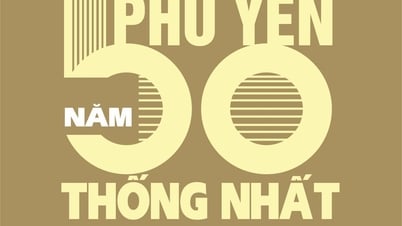





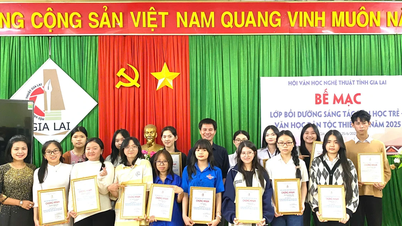



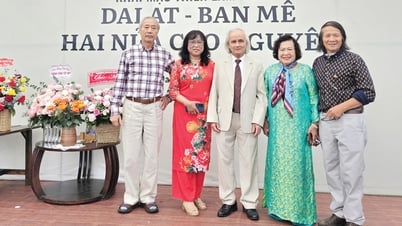








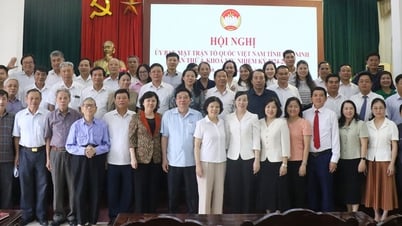


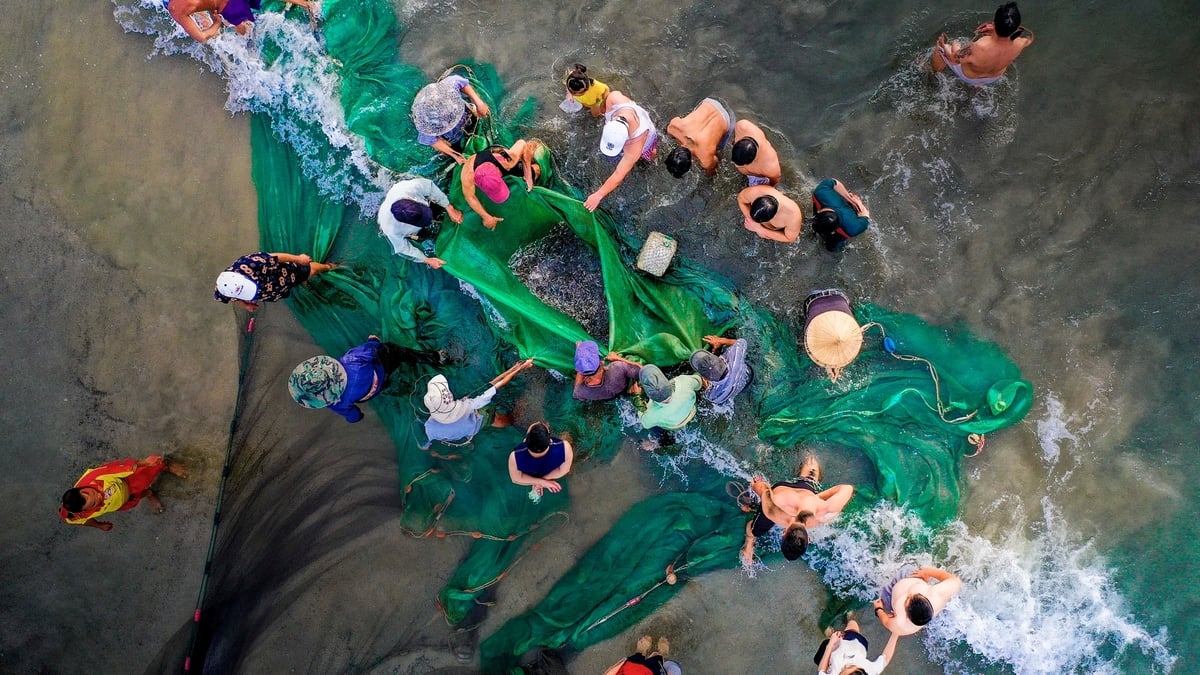
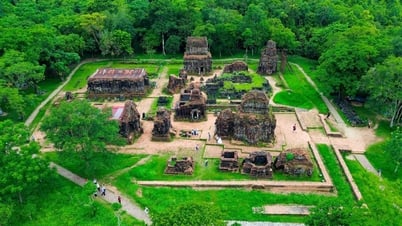







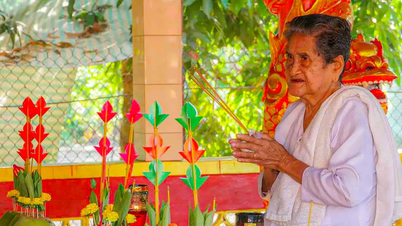








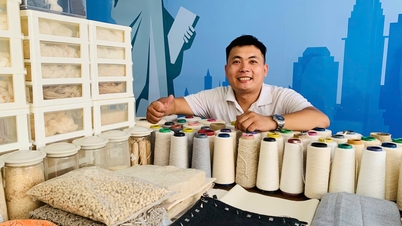

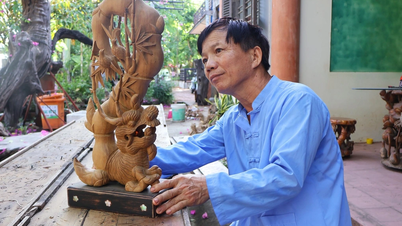

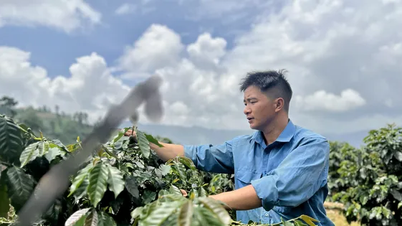





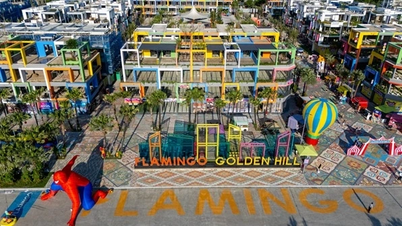



















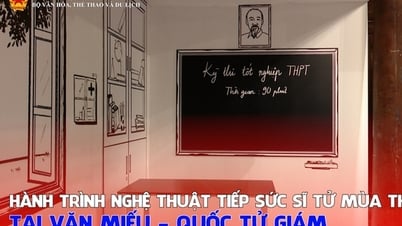
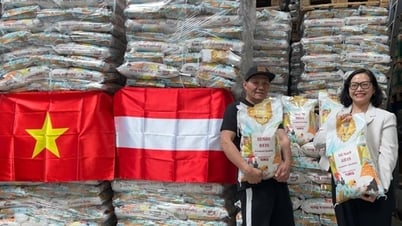






















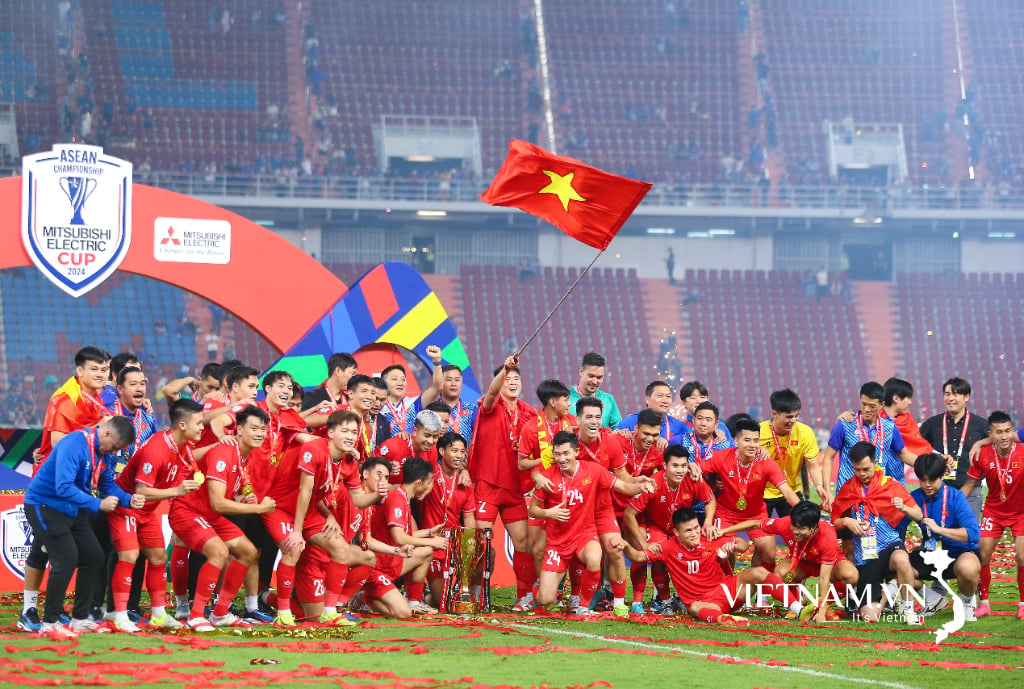



Comment (0)